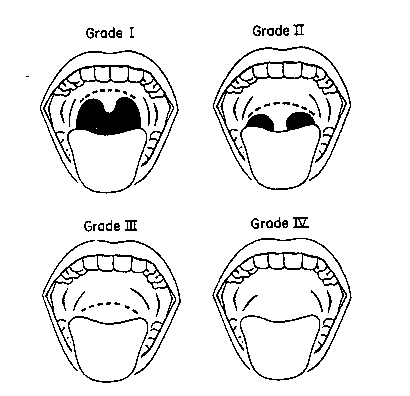Under diagnosed and frequently dismissed simply as harmless yet annoying snoring, “obstructive sleep apnea” (OSA) is a very dangerous condition. If you or a loved one snore loudly at night, please have a sleep study done to rule out this potentially fatal condition.
Snoring occurs when the airway or passage through which we breathe becomes partially blocked or occluded. An example would be a tongue that falls back as we drift off into deeper sleep. As the diameter or size of the airway passage is shrinking, the net result is a muffled sound secondary to vibrations in the throat, or snoring.
In many situations, this compromise is minor and the body continues to get adequate amounts of oxygen to cause little or no harm. However, this is a red flag as it could also be one of the early signs or a part of sleep apnea. Most all sleep apnea sufferers snore in between bouts of apnea, or oxygen interruption. A sleep study should be done to determine the seriousness of one’s condition.
Sleep apnea patients have a rough night and don’t even know it is happening. In a given night, these apneic events (when a patient stops breathing) can occur anywhere from 30 – 50 times, and in some people as many as 60 times per night! Obviously, these individuals awake exhausted and spent each morning, as they’ve been fighting for oxygen all night. Sleep should be a replenishing award for each of us.
Should you be worried? Well, to answer that, first analyze some signs and symptoms of sleep apnea sufferers. Common side effects of sleep apnea patients are:
•heart attacks or irregular heart beats
•impotence
•high blood pressure
•stroke
•heartburn
•morning headaches |
|
•dry mouth
•gastroesophageal reflux disease (GERD)
•impaired concentration
•depression
•decreased libido
•irritability |
... and the obvious one, chronic sleepiness. A simple test can be taken that will grade this last symptom called the Epworth Sleepiness Scale. Additionally, a Sleep Observers Questionnaire should be filled out by anyone who regularly observes the potential sleep apneic. Not all apneics will score high, but if you do, it is a very good sign of OSA (obstructive sleep apnea).
It can also cause learning or memory disabilities, as well as periods of nodding off while on the phone or at work. Obviously, sleep apnea patients are at a much greater risk of having auto accidents.
 People most likely to have or develop sleep apnea include those we’ve mentioned already who snore, or who are also overweight, or have high blood pressure. Another concern would be people who have some physical abnormality in the nose (deviated septums), throat, or other parts of the upper airway. One thing we look at in our office is the Mallampati score. There are 4 "grades", and the higher the grade, the smaller the air passage, which is another indicator of sleep disordered breathing.
People most likely to have or develop sleep apnea include those we’ve mentioned already who snore, or who are also overweight, or have high blood pressure. Another concern would be people who have some physical abnormality in the nose (deviated septums), throat, or other parts of the upper airway. One thing we look at in our office is the Mallampati score. There are 4 "grades", and the higher the grade, the smaller the air passage, which is another indicator of sleep disordered breathing.
Another easy marker is neck-size. A study of professional football players in the Super Bowl Study turned up astonishing results, as 34% of linemen in that game were diagnosed with sleep disordered breathing, which is roughly 8 times the average. A neck size of 17" or larger is a good indicator of this disorder, and it doesn't matter if it's muscle or fat.
Sleep apnea seems to run in some families, suggesting a possible genetic link.
Chances are that your spouse, other family members, or your coworkers, are keen to the problem. They either also suffer from your noisy snoring, or see the signs of a body which is not sleeping at night as it woefully attempts to navigate a given day.
Nocturnal signs and symptoms associated with OSA include drooling, dry mouth, sleep restlessness, witnessed apneas, choking or gasping and sweating.
In our office, we treat snoring and sleep apnea with a unique approach. For example, we can provide you with a home monitor to help you (and us) assess whether or not sleep apnea should be a concern. The gold standard for treatment of sleep apnea is presently with the CPAP machine. However, only 10 - 20% of CPAP wearers are still compliant after one year. If you are one of these, we can fabricate an oral appliance that will help open your airway and reduce the severity of your sleep apnea.
These appliances reduce sleep apnea associated health risks without the need for surgery, medications, or other therapies. A custom oral appliance worn while sleeping, they hold the lower jaw forward and open, preventing the tongue and throat tissues from collapsing the critical airway. There is a 96% success rate (snoring) for people treated with these appliances.